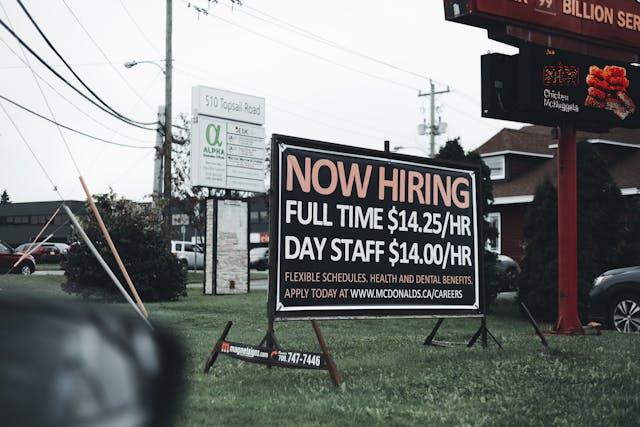Home » News » 2024 » October
News Brief
Oct. 14, 2024 |
By: Judith Ruiz-Branch - Public News Service
New study calls out Missouri minimum wage hike opposition as 'myths'

By Judith Ruiz-Branch - Public News Service
A new study by the Missouri Budget Project calls out some opposing views to the ballot measure known as Proposition A and included data to debunk them as "myths."
If it passes next month, Proposition A would raise Missouri's minimum wage from $12.30 an hour to $15 by 2026. Opponents said the increase would mostly affect young adults and teenagers.
Lindsey Baker, director of research for the Missouri Budget Project, disagreed. She said debunking the myth of whom the minimum wage increase affects is one of her organization's top priorities.
"One thing that people are often unaware of is just how many kids and families would benefit from this," Baker pointed out. "Often people have a stereotypical image of who 'minimum wage workers' are and really, they are all kinds of people."
The report shows one in four Missouri children lives in a household that would see its income rise with an increase in the minimum wage. Proposition A would also guarantee paid sick leave for more 700,000 Missouri workers who currently do not have it.
Opponents have said increasing the minimum wage would be bad for businesses and the economy, with the potential for job loss. Baker stressed it is also a myth.
"Consistently, when you look at before and after Missouri's own minimum wage increase that was implemented in 2019, we see that all of those things that were predicted by opponents that would happen -- job loss, all of those things -- really didn't happen," Baker outlined. "In fact, we did very well as a state after that."
The study indicates Missouri's unemployment rate went down faster than the national average and faster than each of the neighboring states not increasing their minimum wage. Baker added it is consistent with prior data suggesting a hike in the minimum wage increases employment, in part by reducing turnover among workers.
![]()






